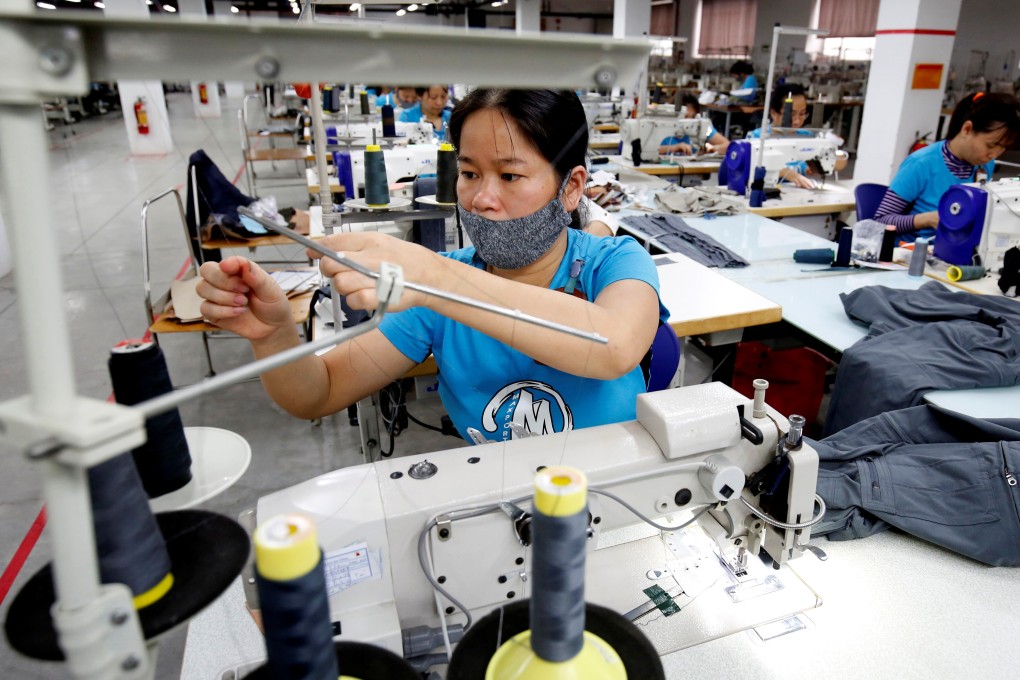Advertisement
Opinion | Asean governments need a change of mindset if they want to follow Vietnam’s lead in attracting foreign investment
- Vietnam has become a hub for foreign direct investment in the past decade, with steady compound annual growth of 10.4 per cent between 2013 and 2019
- Some may say this is thanks to its young labour force and proximity to China, but the appeal of a stable political environment cannot be underestimated
Reading Time:3 minutes
Why you can trust SCMP

They say from every crisis, a lesson can be learned and undoubtedly, the coronavirus pandemic – a global crisis the likes of which has not been seen in living memory – has many lessons to teach. But from an economic perspective there is one that stands out: that those countries with the strongest economic foundation have the best chance of emerging from the crisis intact.
Few countries in the Association of Southeast Asian Nations (Asean) could claim to be as economically strong as Singapore. Yet there is one that has been quietly shoring up its resources and laying a solid foundation for growth.
Vietnam has become a hub for foreign direct investment within the past decade, witnessing a steady compound annual growth rate of 10.4 per cent between 2013 and last year’s record high of US$16.12 billion – an 81 per cent increase overall.
Advertisement
Singapore, by comparison, recorded a 63 per cent increase over the same six-year period, while Thailand and Malaysia actually experienced a decline in FDI flows. In the Asean region, only the Philippines saw a greater percentage increase in FDI than Vietnam of 104 per cent, although this was from a lower base of US$3.7 billion in 2013.
FDI is an important source of private external finance for developing countries and contributes significantly to an economy’s long-term development. It is motivated largely by foreign investors’ long-term prospects for making profits in production activities that they have direct control over, often through joint ventures with local companies based in the countries concerned.
Advertisement

Advertisement
Select Voice
Choose your listening speed
Get through articles 2x faster
1.25x
250 WPM
Slow
Average
Fast
1.25x
